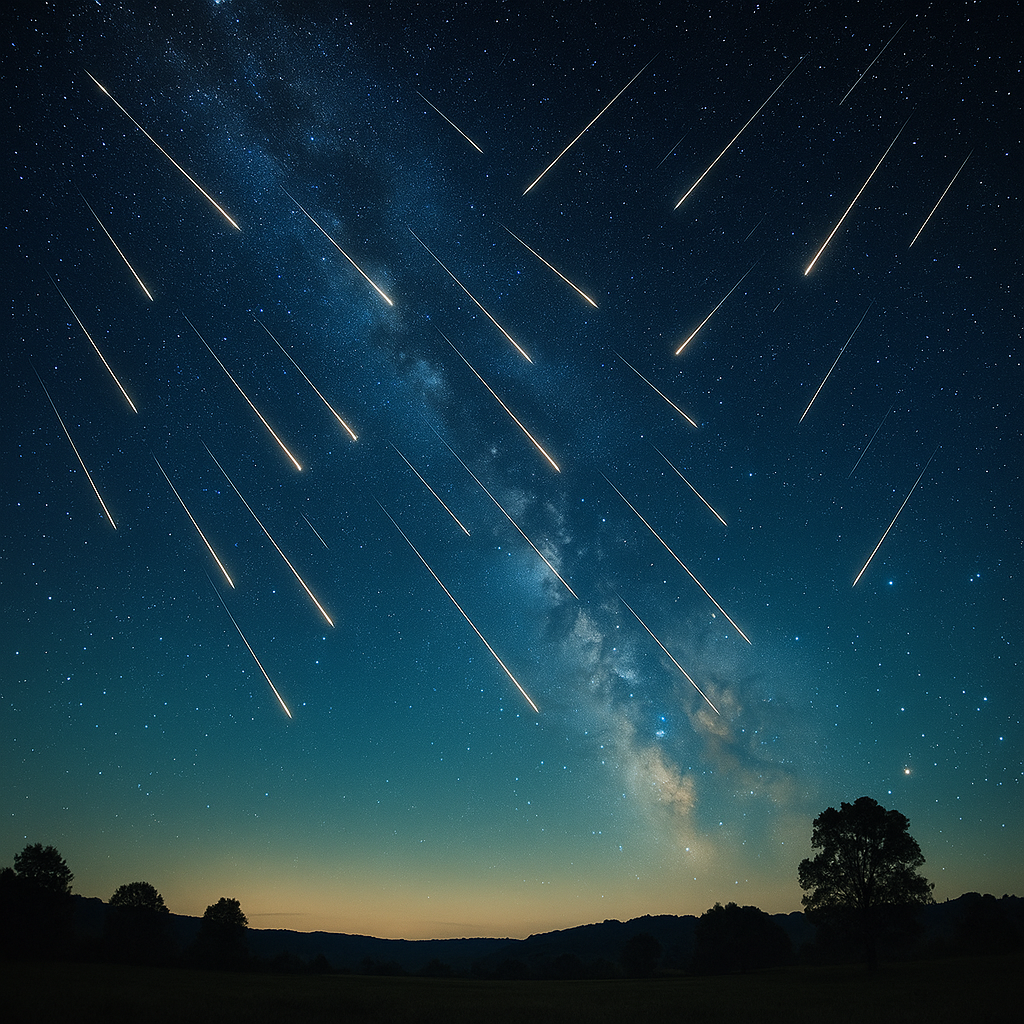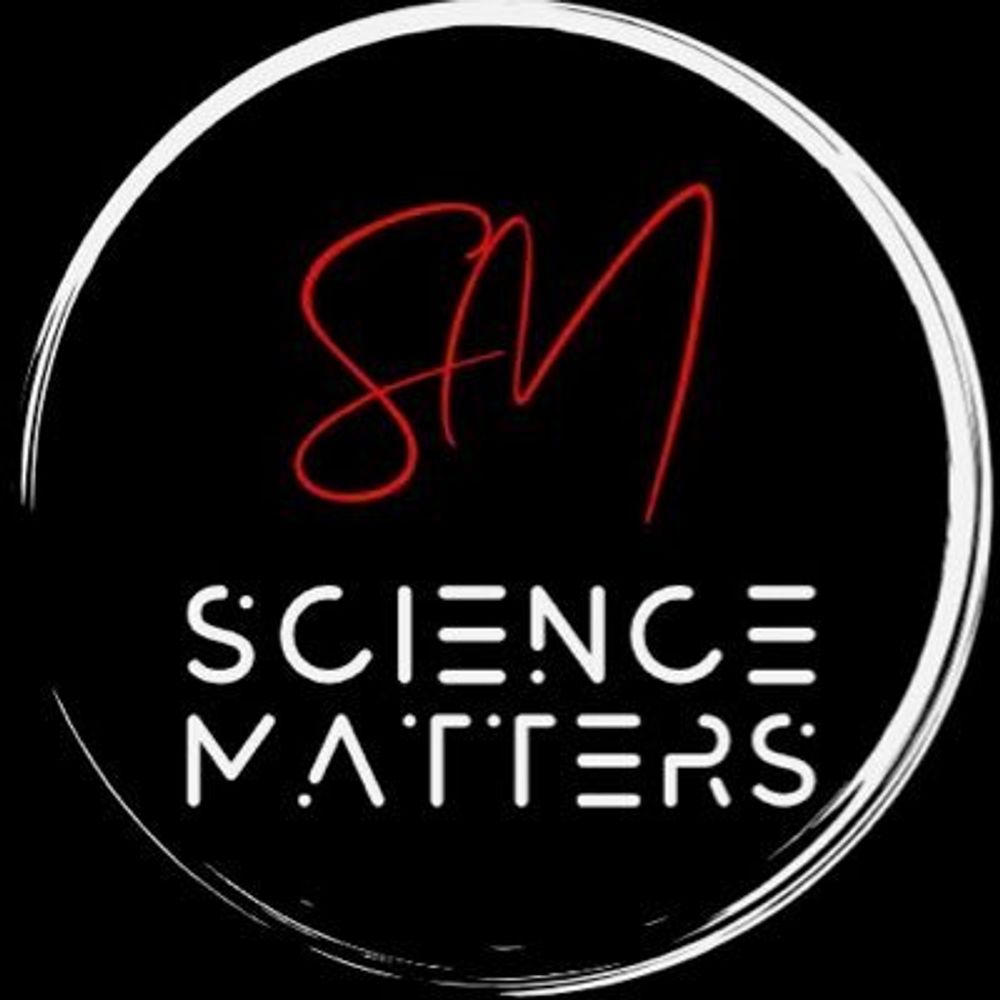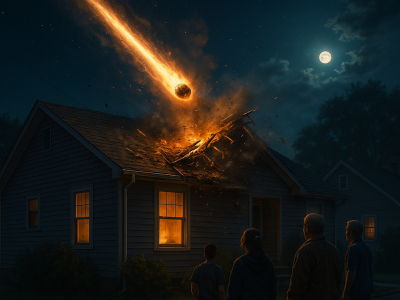On a quiet July evening, Maria glanced up at the dark sky above Devon. She had been stargazing for years but had never seen two meteor showers at once. This weekend, she, along with millions around the globe, is about to witness precisely that, a rare double meteor shower that astronomers anticipate will light up the night with at least 25 meteors per hour.
What makes these twin meteor showers so special?
The Southern Delta Aquariids and the Alpha Capricornids meteor showers are both peaking simultaneously from July 29 into the early hours of July 30, 2025. Individually, each meteor shower is notable; together, they promise a celestial spectacle visible across both hemispheres. According to Dr Robert Lunsford, a prominent astronomer at the American Meteor Society, the phenomenon is particularly exceptional due to the contrasting characteristics of the two showers.
The Southern Delta Aquariids meteor shower originates from debris left by comet 96P/Machholz. These meteors move swiftly, appearing faint and short-lived, making them challenging to spot without ideal viewing conditions. On the other hand, Alpha Capricornids are known for producing slower meteors that often culminate in brilliant, luminous fireballs with persistent trails. First observed by Hungarian astronomer Miklos Konkoly-Thege in 1871, these meteors originate from comet 169P/NEAT.
When and where to see the cosmic fireworks
The peak visibility window for these meteor showers is between midnight and dawn on July 30, local time. The optimal viewing hours are from 2 am to 4 am, making it an ideal event for night owls and astronomy enthusiasts alike.
This year, the event benefits from minimal lunar interference, with only a 27% illuminated waxing crescent moon expected. This reduced moonlight significantly increases visibility, particularly in rural areas or regions with minimal artificial light pollution.
To experience this celestial event in full, Dr Althea Moorhead, a researcher at NASA’s Meteoroid Environment Office, suggests finding an open, dark location, away from city lights. “Allowing your eyes at least thirty minutes to adjust to the darkness is crucial,” she advises. The showers will appear to radiate from the constellations Aquarius and Capricornus, though meteors can be visible across most parts of the sky.
If this weekend’s double meteor shower leaves you wanting more, mark your calendar for the Perseid meteor shower peaking on August 12-13, 2025. Although traditionally one of the year’s most intense meteor showers with potential rates of up to 100 meteors per hour, the Perseids’ visibility this year will be somewhat limited by a nearly full moon.
Astronomers also eagerly anticipate several notable astronomical events later this year, including a partial lunar eclipse in October and the Geminids meteor shower in December. Each event provides unique opportunities to engage with the wonders of the cosmos, fostering curiosity and scientific inquiry among enthusiasts worldwide.
The science behind the spectacle
Meteors, popularly called shooting stars, occur when dust and rock particles from comets enter Earth’s atmosphere and burn up due to friction. Astronomers study meteor showers like the Southern Delta Aquariids and Alpha Capricornids to understand better the composition and trajectory of comets. These insights help predict cometary paths, which is crucial for assessing potential hazards to Earth.
At the University of Arizona’s Lunar and Planetary Laboratory, astronomer Professor Vishnu Reddy emphasises the importance of studying meteor showers for planetary defence. “Understanding meteor showers helps us track comet debris and predict significant meteor events,” he notes. Research published in the journal Icarus further highlights how studying meteor showers can reveal essential information about the early solar system and planetary formation.
A rare convergence tied to climate awareness
The dual meteor shower event coincides with a growing global conversation about protecting Earth’s atmosphere. With recent reports from the Intergovernmental Panel on Climate Change (IPCC) stressing the urgency of addressing atmospheric pollution and climate change, astronomical events like these offer a poignant reminder of our planet’s fragility and interconnectedness with the cosmos.
The event also provides an excellent opportunity for citizen scientists and amateur astronomers to participate actively in scientific observations. Projects like the Global Meteor Network encourage public participation in tracking meteors, contributing valuable data to professional astronomers.
Reflecting on our place in the universe
The spectacle of twin meteor showers not only provides a thrilling night-time experience but also serves as a humbling reminder of our tiny, fragile existence within a vast cosmos. How often do we take a moment to pause and reflect on our place within the universe?
As Maria prepares her blanket and hot chocolate, ready to count shooting stars, perhaps we too might pause and ponder: What other cosmic wonders are yet to be discovered? And how can we, in our everyday lives, contribute positively to the preservation of our extraordinary planet?
References
Lunsford, R. (2025). American Meteor Society. Retrieved from https://www.amsmeteors.org
Moorhead, A. (2025). NASA’s Meteoroid Environment Office. Retrieved from https://www.nasa.gov



